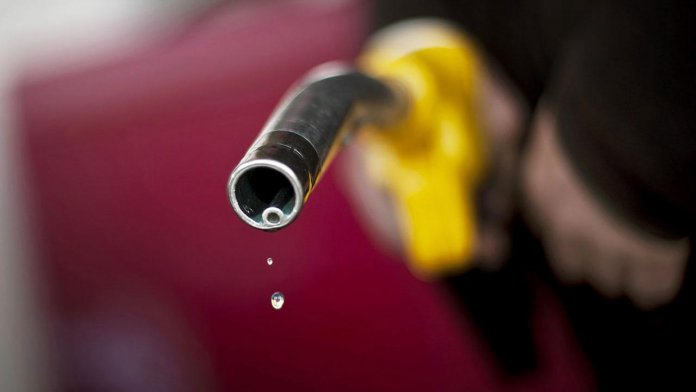The ever-increasing cost of fuel has driven some motorists not only to white heat, but also to a healthy lifestyle. The car is parked in a garage or parking lot, and its owner walks or rides a bike to work.
However, if this way of life categorically does not suit you, but you need to go, we suggest using practical tips for saving fuel... They are very short and simple, but they will help you save as much gas or diesel as possible.
If you are an experienced driver, then you probably already know most of these tips, or you can share new ones. But for novice drivers, they are especially useful.
10. Less fuel equals more fuel
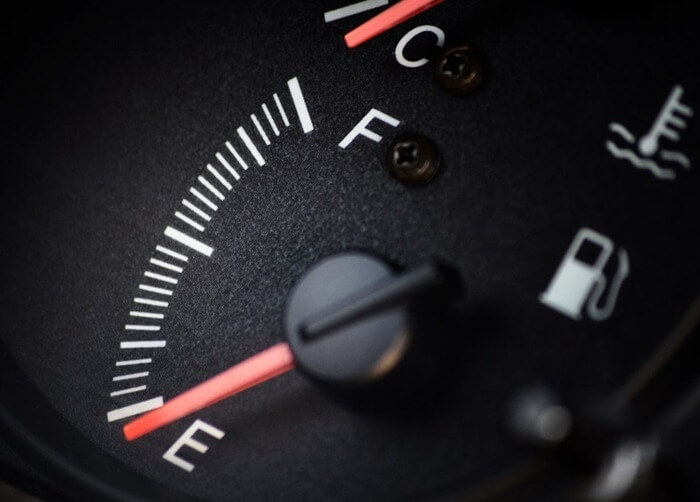 If you often drive around the city with its eternal traffic jams, fill only half the tank... Less weight will help you save fuel.
If you often drive around the city with its eternal traffic jams, fill only half the tank... Less weight will help you save fuel.
9. Plan your route in advance
 Consider taking one round trip, rather than several short trips. Once your car's engine has warmed up, it will operate at its maximum efficiency while several cold starts increase fuel consumptionalthough the total mileage may be the same. Try using one of the many route planners (for example, on Yandex.Maps) to help you plan your trip in a more economical way.
Consider taking one round trip, rather than several short trips. Once your car's engine has warmed up, it will operate at its maximum efficiency while several cold starts increase fuel consumptionalthough the total mileage may be the same. Try using one of the many route planners (for example, on Yandex.Maps) to help you plan your trip in a more economical way.
8. Don't forget about THAT
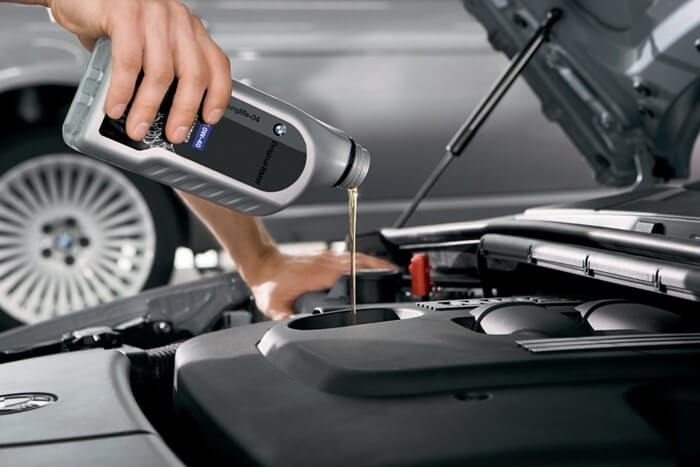 Regular maintenance improves the efficiency of your machine... In addition, vehicle maintenance factors, such as the condition of tires and braking systems, can affect the safety, overall performance and fuel economy of a vehicle.
Regular maintenance improves the efficiency of your machine... In addition, vehicle maintenance factors, such as the condition of tires and braking systems, can affect the safety, overall performance and fuel economy of a vehicle.
- If wedging occurs during the operation of the brake system, gas mileage increases.
- And the lower the tire pressure, the more fuel the car spends when driving. Good tire condition is a requirement for energy conservation as it helps the engine run smoothly.
- It is recommended to check the tire pressure of the vehicle at least once a month.
7. Lowest speed, highest gear
 The secret to achieving gasoline or diesel savings is to drive at the lowest speed limit while in the highest possible gear. This method is called "hypermilling". This method does not work in urban conditions, since it is unlikely that you will be able to drive at the same speed without changing gear in traffic jams. But it works great on the track.
The secret to achieving gasoline or diesel savings is to drive at the lowest speed limit while in the highest possible gear. This method is called "hypermilling". This method does not work in urban conditions, since it is unlikely that you will be able to drive at the same speed without changing gear in traffic jams. But it works great on the track.
According to experts from the British Royal Auto Club (RAC) the optimal driving speed for fuel economy is 88/90 km per hour, which is usually used by car manufacturers when reporting the fuel consumption of a particular brand. However, fuel economy also depends on a number of factors, such as tire pressure, excess weight in the trunk, roof rack availability, and driving style.
6. Cruise control is both useful and harmful
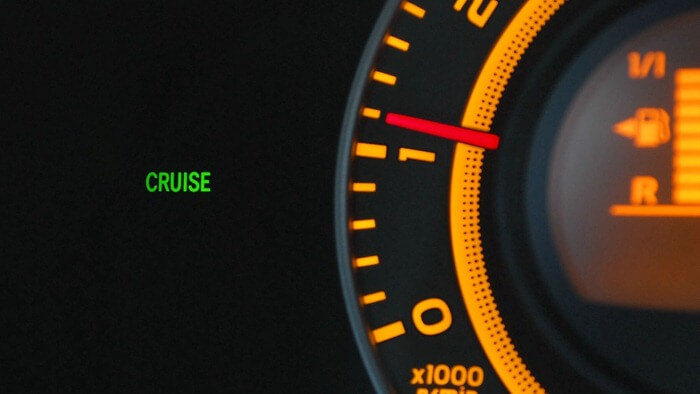 Cruise Control is an automatic speed control system designed to ensure safety and maximum fuel efficiency. Could such a system lead to excessive consumption of gasoline? In fact, yes, if you use it all the time. Cruise control helps you save fuel when driving on a flat roadso it is usually good for motorway driving.
Cruise Control is an automatic speed control system designed to ensure safety and maximum fuel efficiency. Could such a system lead to excessive consumption of gasoline? In fact, yes, if you use it all the time. Cruise control helps you save fuel when driving on a flat roadso it is usually good for motorway driving.
One of the keys to fuel economy is driving at a constant speed. Therefore, cruise control can operate efficiently on level surfaces, making your driving as economical as possible by removing unnecessary acceleration.
However, if you use cruise control on a bumpy, uneven road, you run into problems when gasoline "flows like water." This is because cruise control will respond more slowly to changes in terrain.
5. Down with excess load
 A car is like your body: it requires more fuel to move more weight. Do not leave unnecessary items in the trunk, as they add weight to your "swallow", which affects fuel economy.
A car is like your body: it requires more fuel to move more weight. Do not leave unnecessary items in the trunk, as they add weight to your "swallow", which affects fuel economy.
Average every 50 kg will increase fuel consumption by 2%. This is based on a percentage of excess weight relative to the vehicle's weight, so overloading affects smaller vehicles more than larger vehicles.
4. Roof rack - gasoline down the drain
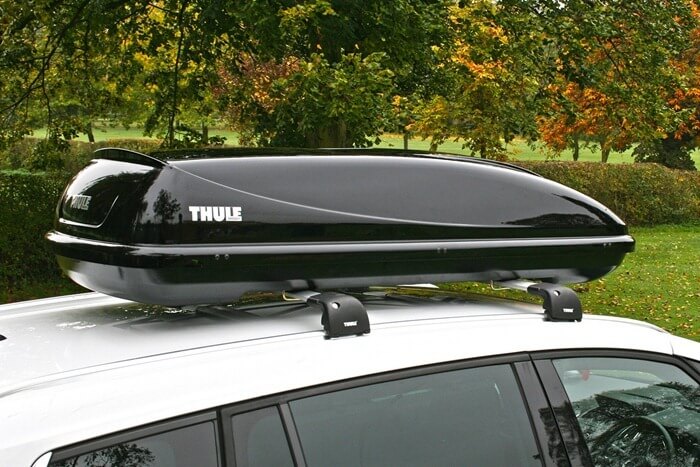 Do not carry items in your roof rack because they create wind resistance and make your vehicle use more fuel.
Do not carry items in your roof rack because they create wind resistance and make your vehicle use more fuel.
Roof crossbars weigh between 3 kg and 5 kg, but they have a large aerodynamic coefficient. Empty roof rack increases fuel consumption by about 10%.
3. When those who blow win
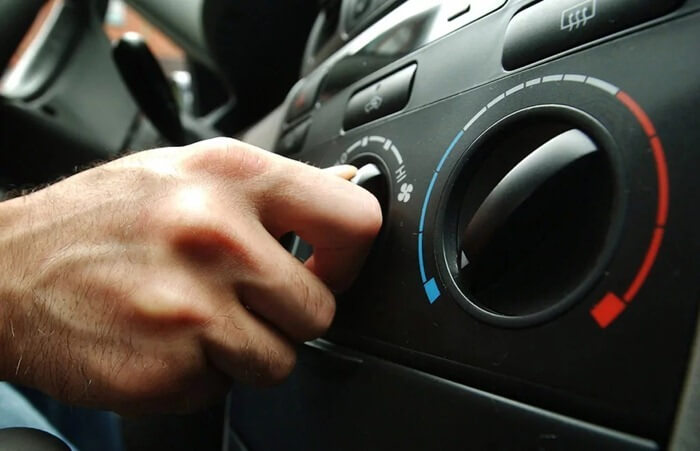 You can endlessly look at three things: how the fire burns, how the water flows, and how those who are hot and who are blowing argue. Here are the fuel economy advocates on the side of those who blow. Do not use the air conditioner if you can limit yourself to an open window, as it uses engine power and therefore increases fuel consumption.
You can endlessly look at three things: how the fire burns, how the water flows, and how those who are hot and who are blowing argue. Here are the fuel economy advocates on the side of those who blow. Do not use the air conditioner if you can limit yourself to an open window, as it uses engine power and therefore increases fuel consumption.
However, at 80 km / h, using an air conditioner is better for your car than opening windows.
2. Keep the air filter clean
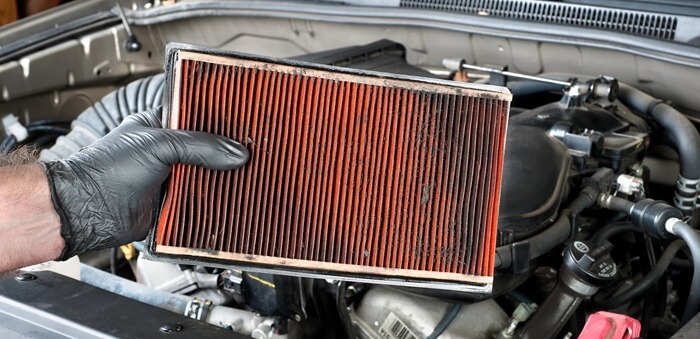 Whether you are the owner of a used "Lada" or the happy owner of one of most popular crossovers in the world, check the condition of the air filter regularly.
Whether you are the owner of a used "Lada" or the happy owner of one of most popular crossovers in the world, check the condition of the air filter regularly.
A clogged air filter increases fuel consumption by an average of 10%. It needs to be changed once a year. There is no need to try to wash it, after such manipulations the filter becomes clogged even faster and stronger.
1. No need to drive and slow down
 Sudden acceleration and braking causes the car to consume 40% more energy. Thus, a patient driver will always spend less money on gas than a fan of drifting at traffic lights. Instead of continuously braking and accelerating, it is best to stop smoothly and drive at a constant speed.
Sudden acceleration and braking causes the car to consume 40% more energy. Thus, a patient driver will always spend less money on gas than a fan of drifting at traffic lights. Instead of continuously braking and accelerating, it is best to stop smoothly and drive at a constant speed.

